How to get there
Related venue/project more...
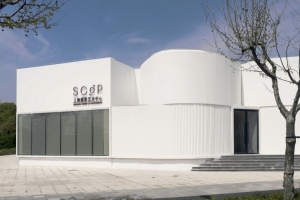
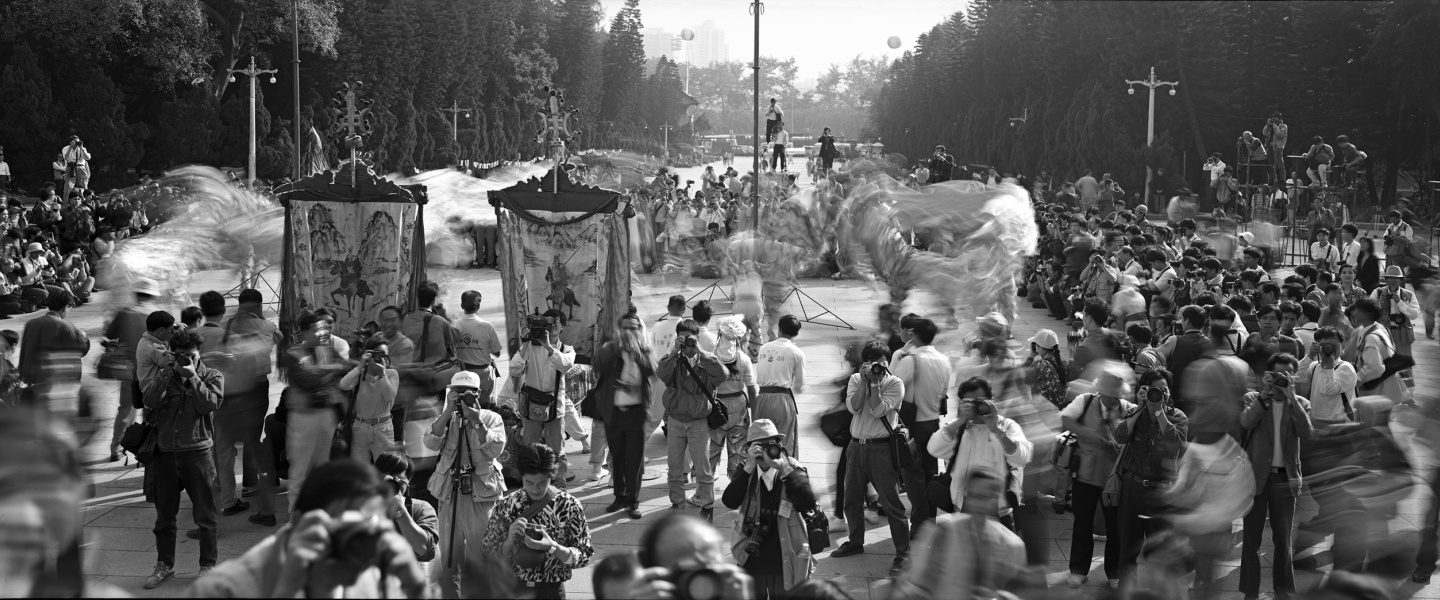
| A Long View: |
|
|---|
Organizers: Shanghai Center of Photography
Curator: Karen Smith
Exhibition Opening: 4pm, 24 March, 2018
Exhibition Dates: 24 March to 3 June, 2018
Address: Shanghai Center of Photography, 2555-1 Longteng Avenue, Shanghai
“A long view” encapsulates the physical and temporal essence of Lois Conner’s photography, and with particular reference to the group of works presented in this exhibition, which were taken in China. The group has been selected from 33 years of work; hence, “A Long View”.
The title more properly alludes to the pace at which Lois Conner produces her photographs; her nature of working slowly. Her subject is landscape: she looks at both urban and rural settings through the distinctive viewfinder of a large format, banquet camera, so-called because the original 19th century versions were used for the purpose of photographing large groups of people at banquets.
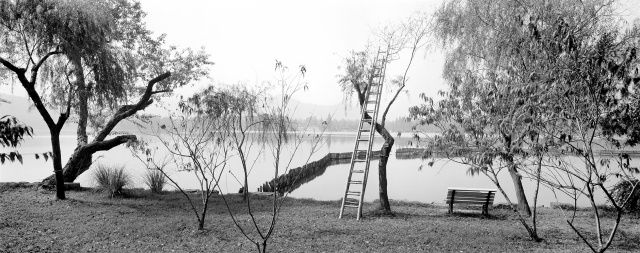
“A Long View” includes pictures from several of the projects that have evolved over the decades: Guilin and the Li River, the Silk Route, the Yangtze River, Beijing Contemporary and Imperial, and the Lotus. Each series is part of a journey that brought Lois from New York, her home since the 1970s, to China almost annually, and to some of the mainland’s most symbolic land formations and locations. The exhibition is structured around representative works from Guilin and the Li River; Landscape; Cities; and the Lotus. It begins with early examples of landscape from Guilin, from Huangshan, Beijing, and Shanghai, all captured in 1984 during Lois’ first visit to China on a Guggenheim fellowship. The exhibition continues by following her journey through major metropolises across the country through the period of unprecedented transformation; impelled by opening and reform that began in 1978 and still draws her to return.
One of my original reasons for going to China was to discover why the panoramic form originated there. Thus, the form of my work is long, and it becomes longer with the multi-panel (diptychs, triptychs, etc.) compositions.’
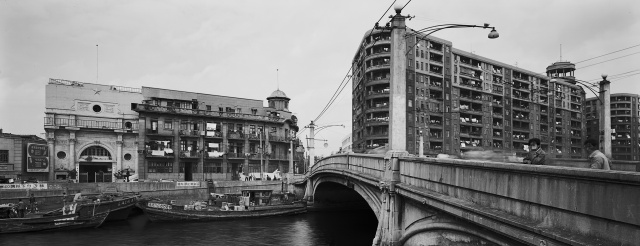
The convergence of place and moment imbues such shots with majesty; from accents of sunlight and shade, to the turn of the season, to the whisper of draping leaves and flowing water. Yet, interestingly, it is often those compositions which contain combinations of curious elements that arouse the imagination and linger longest in the memory. An immediate example is the random row of jagged, awkward branches used as supports and railings on the bank of the Yangtze, and which jut up recklessly above the water in Yangtze River, Hunan 1997. ‘I saw the shape of the branch from quite a distance. It was raining and I had to climb through brambles, across a few fences into a factory yard. Then I saw the lightbulb and its little cover and could hardly breathe. Within minutes, one of the factory foreman came out to tell me I was trespassing. I pleaded with him for time to make one photograph (I think I said 10 minutes). And fumbled nervously hoping to make something without dramatically failing or clumsily forgetting some important step (like closing the lens). After 5 minutes he started telling me to hurry, but I told him it would still take a while, and to please come look through the ground glass. He was fascinated then, which bought me more time. I even had him holding my umbrella over the camera, as by that time it was pouring rain. There’s no way I could have imagined the billowing plastic blowing in the wind would create that shape that brought the whole picture together.’
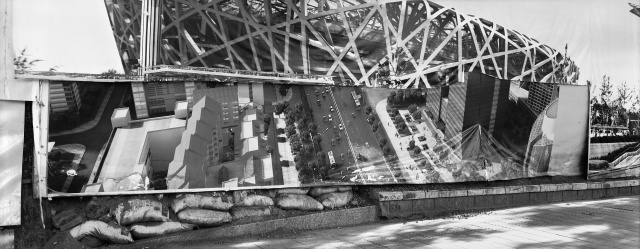
时间与地点的结合为照片营造出一种庄重感:光影的冲突,季节的变换,绿叶如瀑的低语和水的流动。有趣的是,往往是那些出其不意的结合最使人浮想联翩,难以忘怀:像是《湖北,秭归,一九九七年(长江)》里一排用作栏杆的参差凌乱的枝杈被潦草地竖在奔流的长江边,变成最不合时宜的支撑和防护“我从远处看到了这些树枝的形状。那时正在下雨,我不得不爬过荆棘,穿过几道围栏进入一片工厂区。然后我看到了灯泡和它的小罩子,几乎不能呼吸。没过几分钟就有一名工厂负责人走出来,告诉我这是非法闯入。我请求他给我几分钟让我照张照片(我说我需要十分钟)。我照得十分紧张,动作笨拙,祈祷不要发生重大失误,或是遗忘一些重要步骤(比如关上镜头)。五分钟后,他开始催促我,但我告诉他我还需要一会儿,并邀请他过来看看取景器下的样子。他对此十分感兴趣,这为我争取了更多的时间。当时是倾盆大雨,我甚至让他帮我在相机上撑着伞。我从未想过在风中翻腾的塑料会展现出这样的形状,最终使画面融为一体。
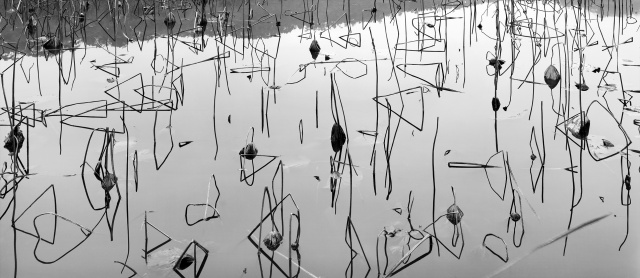

Whether an expansive panorama, a flourish or fading of lotus leaves, or the sprouting of buildings in a developing urban center, each set of relationships that falls within a photograph is carefully surveyed before the shutter is pressed. ‘Within the rectangle of the frame, I am trying to create a narrative, a world that is self-contained that includes a sense of history, informed by the slant of light and the moment it is made. What makes me pause is unpredictable. Sometimes it’s the slant of light, the wind billowing in the trees, or something that intrigues me from afar. Like the odd still life within the landscape, in Zigui along the Yangtze River.’
“A Long View” ultimately accounts for the photographer’s experience, for her evolved understanding of how reality translates into the framed picture that is a photograph. ‘[American photographer] Garry Winogrand said he photographed to see what the world looked like photographed. It is never quite how you see it. The camera provides us with an immediate drawing, it is up to the artist to know where to point it and when to release the shutter.’ As the example of The Photographers demonstrates, she can work quickly; ‘When I was photographing the photographers photographing the lion’s dance, they suddenly turned their cameras to look at me. I managed to make a picture without forgetting some important step (like stopping down the lens, or pulling out the film slide). There was only time for one picture before the moment vanished.’
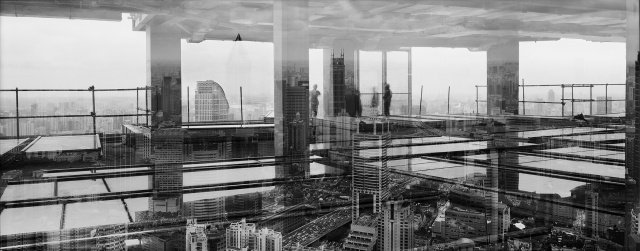
Evidencing the ultimate long-term commitment to her work, Lois prints her own photographs. ‘There is an enormous difference between the process and that of producing a vellum print. Platinum printing – invented by William Willis in England in 1878 – has a subtle beauty. It gives a rendering of the negative that describes tones from the deepest shadows to the brightest detail in the highlights, giving the print almost a sense of three-dimensionality.’
At the same time, Lois is not averse to new technologies; ‘In my large prints I have scanned my negatives and adjusted the files through Photoshop. To twist what the camera records and how the ink is laid down on the paper to render what I see in the negative.’ But her concern for exacting standards remains uppermost. “A Long View” contains several major inkjet prints, major in terms of the large scale, a sharp contrast to the modest proportions of the platinum prints.
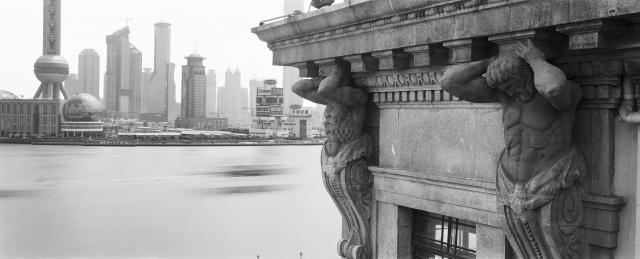
Lois Conner (born 1951) is an American photographer. She is noted particularly for her platinum print landscapes that she produces with a 7" x 17" format banquet camera. Conner has been based in New York City since 1971 and she worked for the United Nations until 1984. During that time, She received her BFA in photography from the Pratt Institute and her MFA at Yale University.
Conner has been awarded a John Simon Guggenheim Memorial Foundation grant and a National Endowment for the Arts Fellowship. Her work has been shown at museums internationally, such as the Museum of Modern Art, the Metropolitan Museum of Art, the Sackler Gallery in Washington, D.C., the Australian National Gallery in Canberra, the Victoria and Albert Museum in London and the British Library.

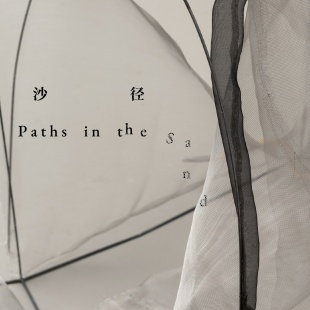
Hu Xiaoyuan: Paths in the Sand
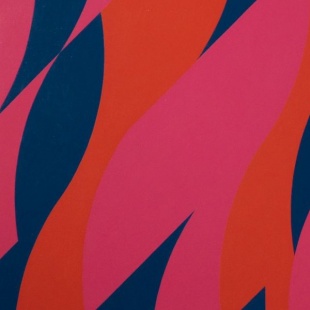
Women in Abstraction
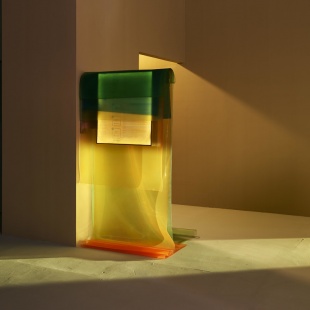
Chen We: Make me illusory
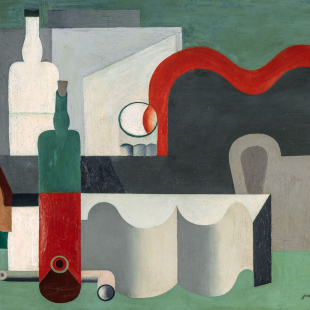
The Voice of Things-Highlights of the Centre Pompidou Collection vol.II
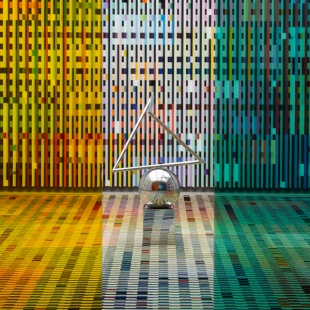
Living Images
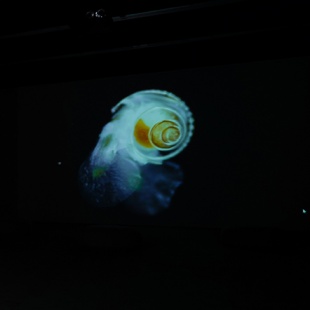
Laurent Grasso
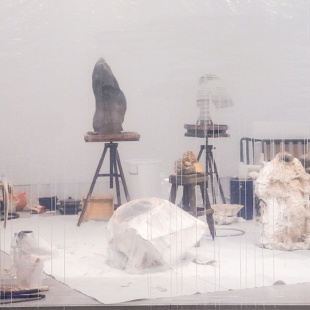
Yu Ji Spontaneous Decisions II
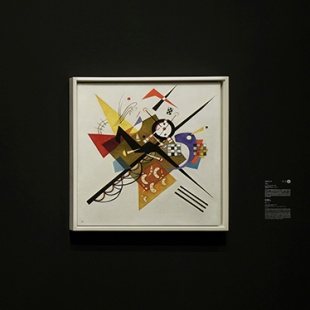
Kandinsky The Pioneer of Abstract Art
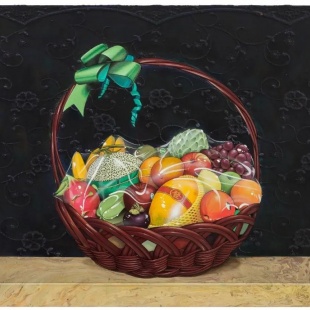
Chen Fei: Morning Market
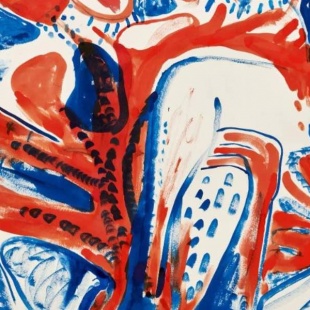
Works on Paper
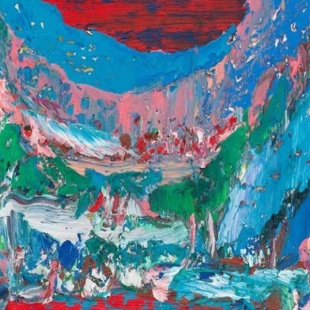
Yin Zhaoyang: A Vast History
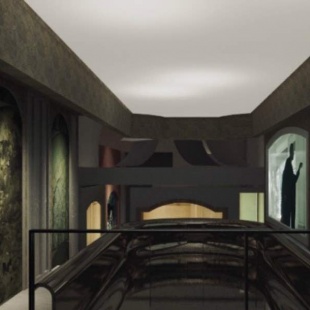
Sheng Zhang-Solo Exhibition of Chen Yujun